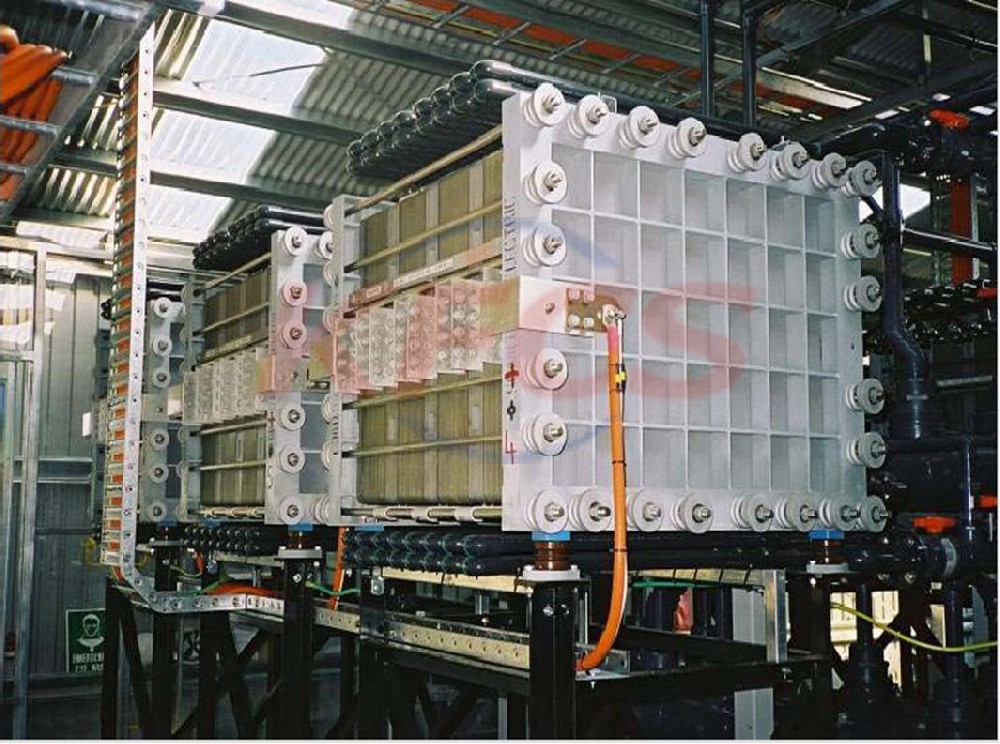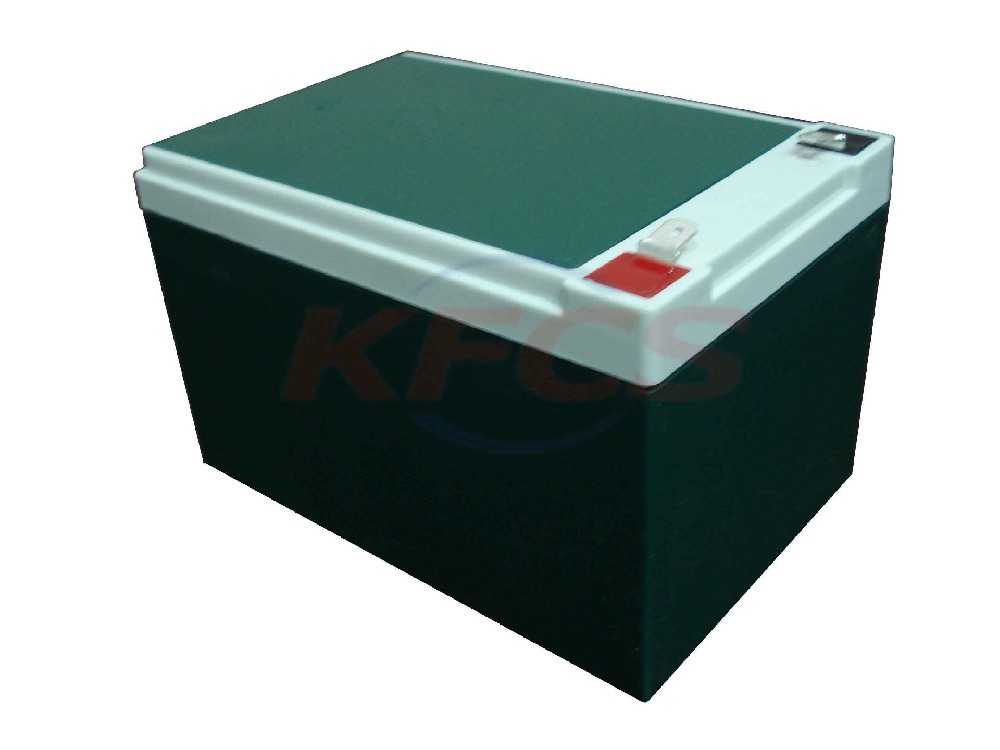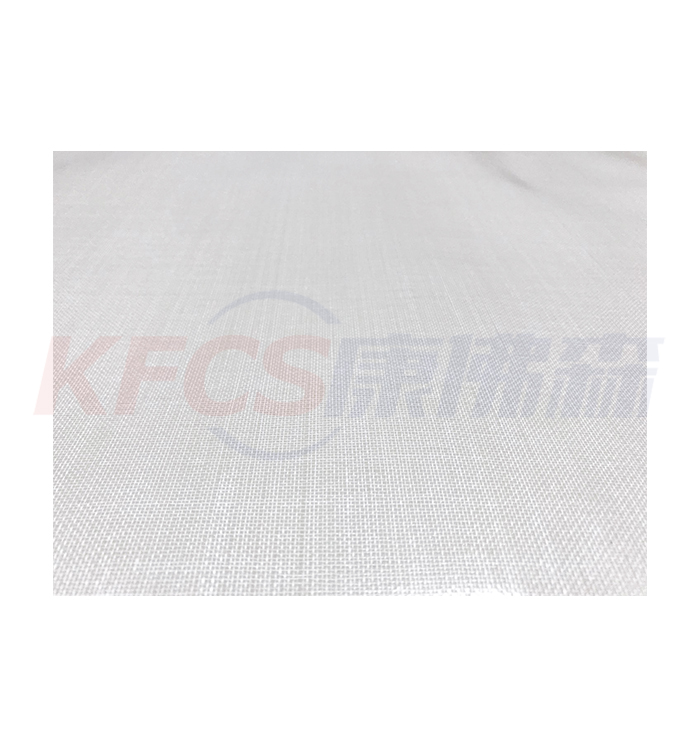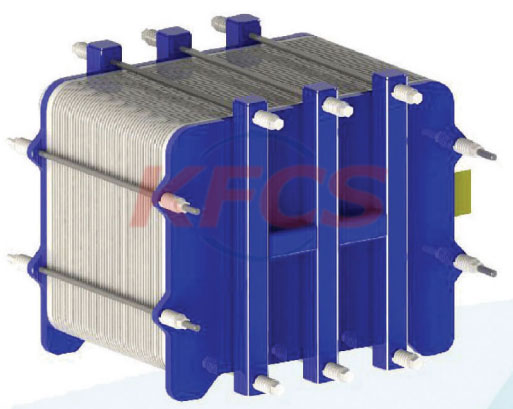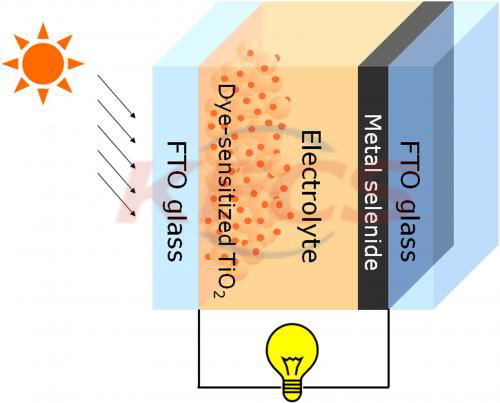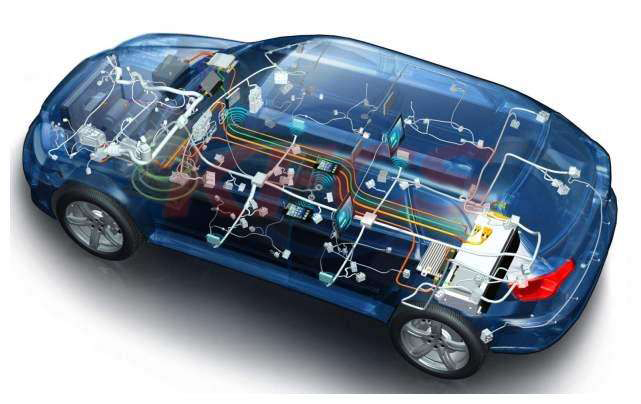Redox flow battery (RFB) is a rechargeable electrochemical device
2022-06-14
Redox flow battery (RFB) is a rechargeable electrochemical device, in which charge storage substances are dissolved in liquid electrolyte and stored in cheap storage tank, and charge discharge cycle is carried out through power conversion reactor, in which they are oxidized and reduced to alternately charge and discharge the battery. In the reactor, the two electrolytes (usually referred to as "positive electrolyte" and "negative electrolyte" according to their respective electrode potentials) are separated by a proton exchange membrane and reduced and oxidized on the surface of the porous electrode. Ions pass through the proton exchange membrane to balance the charge between the two electrolytes, so as to maintain electrical neutrality and ideally block the charge storage material.
Like other energy storage systems, redox flow battery (RFB) requires equipment balance subsystems to support operation, including fluid, thermal and state of charge management systems.
About News
- Significance of battery echelon utilization
- How to improve the activity of Vanadium Redox Battery electrode?
- How a Lead Battery Is Recycled?
- Solutions for battery recycling of electric vehicles
- Cold sintering may open door to improved solid-state battery production
- What are the problems in the recycling of waste lithium ion batteries
- UK, Italy energy storage market capacity auction hot
- Scientists develop ultrathin supercapacitors that retain strength after bending
- Smart Battery Management System (S-BMS)
- Battery industry production continues to grow
Products


